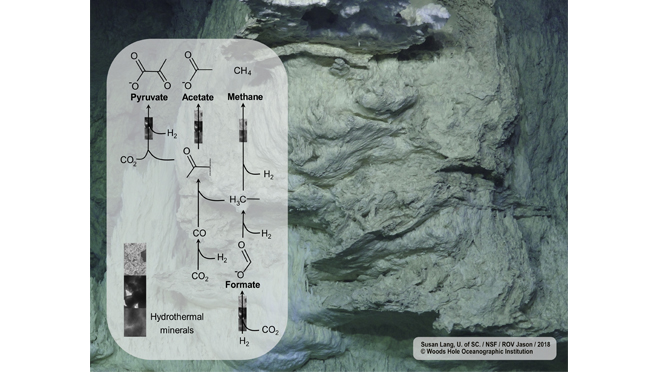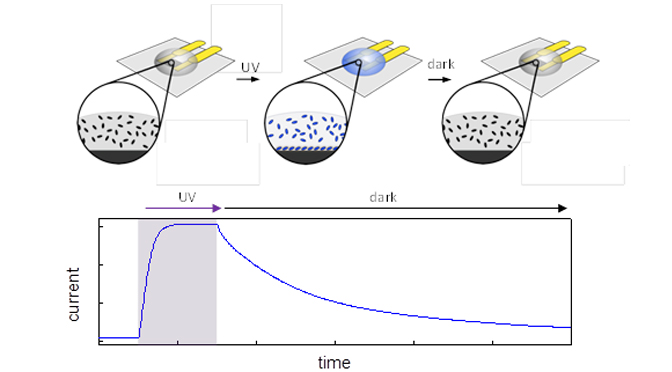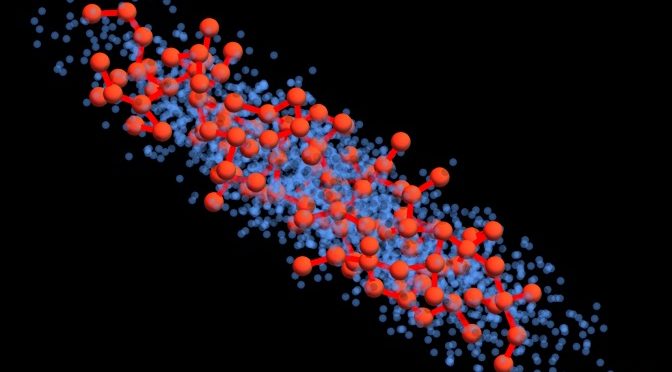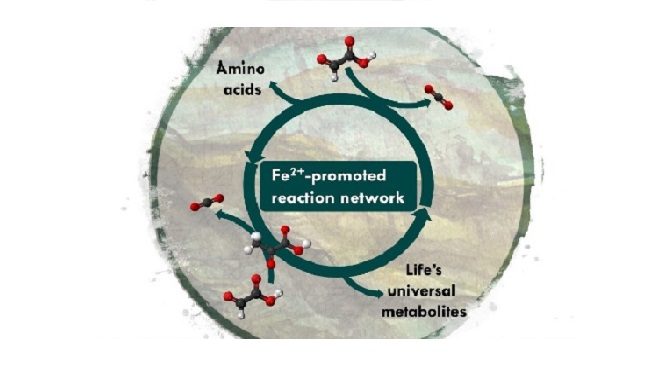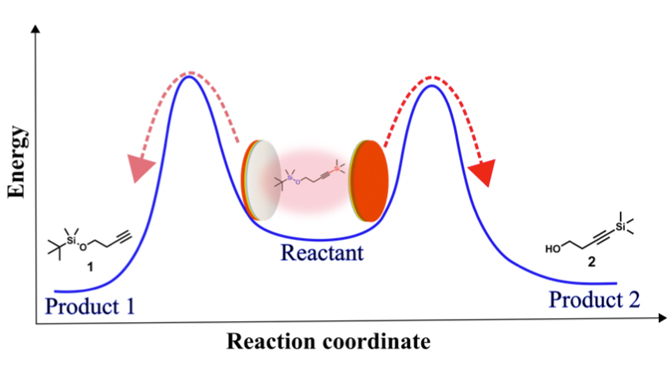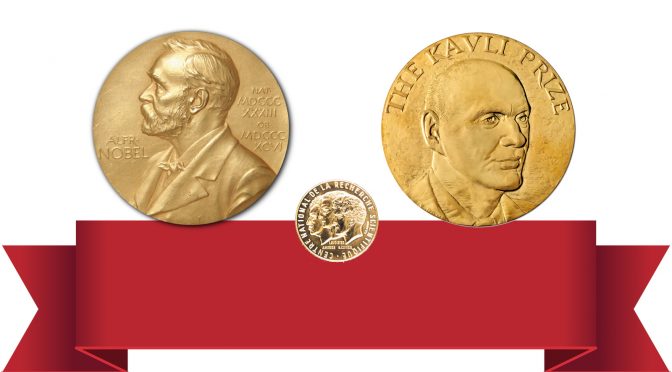Joseph Moran, a professor and group leader at the Institute of Supramolecular Science and Engineering, is one of the 27 French researchers awarded with a Consolidator Grant by the European Research Council (ERC) in 2020. Having already held a ERC Starting Grant, the ERC Consolidator Grant, entitled … Continue Reading ››
Tag Archives: Featured
When rocks lay the groundwork for the origin of life
Mineral catalysts found in deep-sea vents convert CO2 and H2 to biomolecules, showing striking parallels to known biological pathways
An international collaboration of researchers in Germany, France and Japan investigated the catalytic activities of minerals found in deep-sea hydrothermal vents. The results suggest that mineral-driven chemical reactions might be closely mapped onto microbial carbon metabolism. … Continue Reading ››
Graphene as a detective to unravel molecular self-assembly
Researchers from the University of Strasbourg & CNRS (France), in collaboration with Humboldt University of Berlin and DWI – Leibniz Institute for Interactive Materials/RWTH Aachen University (Germany), have demonstrated that graphene devices can be used to monitor in real time the dynamics of molecular self-assembly at the solid/liquid interface. Their results have been published in Nature Communications.
Signatures of self-organized criticality in an ultracold atomic gas
Self-organized criticality is an elegant explanation of how complex structures emerge and persist throughout nature1, and why such structures often exhibit similar scale-invariant properties2,3,4,5,6,7,8,9. Although self-organized criticality is sometimes captured by simple models that feature a critical point as an attractor for the dynamicsContinue Reading ››
Un réseau précurseur de la biochimie du vivant identifié
Pour progresser dans la compréhension de l’origine de la vie, des chercheurs de l’Institut de science et d’ingénierie supramoléculaires (ISIS - CNRS/Université de Strasbourg) ont imaginé un réseau dynamique de réactions chimiques, proche de la biochimie actuelle du vivant. À partir de deux biomolécules « simples » dissoutes dans une eau riche en fer, et en seulement quelques heures, les chercheurs sont … Continue Reading ››
Mirrors change chemical selectivity
A chemical reaction transforms the molecules that make up matter. To influence chemical reactions, chemists typically act on the molecules themselves, rather than the space in which the reaction takes places. However, researchers at the University of Strasbourg have shown that chemical reactions can indeed be influenced simply by conducting them between two appropriately spaced mirrors, kept only micrometers … Continue Reading ››
Enlightening full-color displays
Researchers from the University of Strasbourg & CNRS (France), in collaboration with University College London (United Kingdom), and Humboldt University Berlin (Germany), have shown that a subtle combination of light-emitting semiconducting polymers and small photoswitchable molecules can be used to fabricate light-emitting organic transistors operating under optical remote control, paving the way to the next … Continue Reading ››
Oscillating artificial microtubules
Oscillating artificial microtubules
Chemically fuelled processes control size oscillations of natural fibres inside the body such as microtubules or actin filaments. Researchers from the University of Strasbourg have now discovered similar size oscillations in a completely artificial system. Brightly coloured molecules form extended supramolecular fibres that can be controlled by redox chemistry. In a … Continue Reading ››
Awards and honors
Awards and honors 2024
Dr Giulio Ragazzon is a laureate of the 2023 Guy Ourisson Prize.
The Guy Ourisson prize is awarded each year by the Cercle Gutenberg to few top researchers under 40 in Alsace in any field. The prize … Continue Reading ››
Dynamic covalent chemistry visualized!
A collaboration between two ISIS research groups (Lehn, Samori) has revealed dynamic covalent chemistry on surfaces. They state: "The results above taken together stress the crucial role of interactions with the surface as the selection force that drives the outcome of covalent chemical reactions, allowing or inhibiting given transformations and thus leads to … Continue Reading ››


